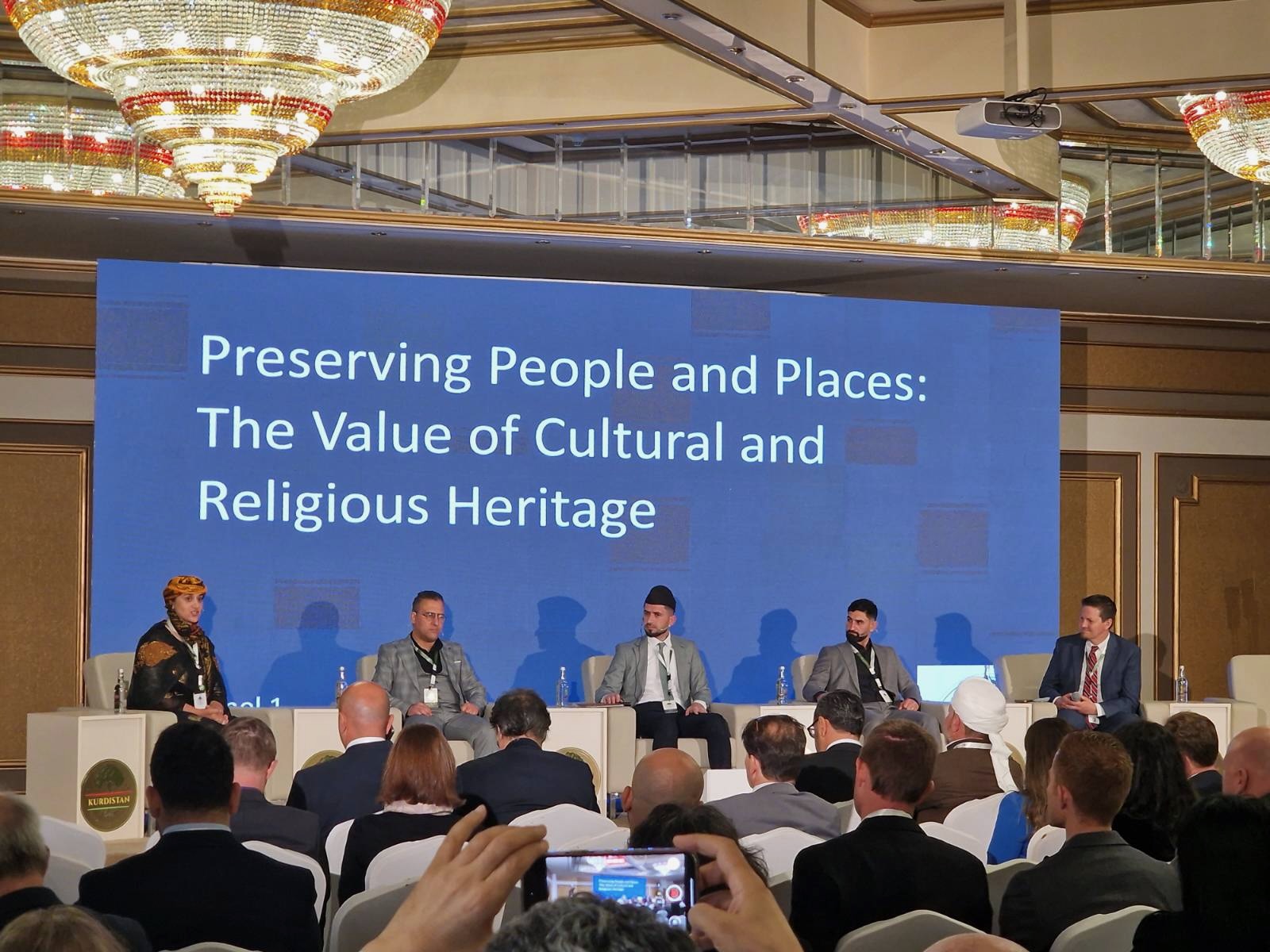Join us as we begin a series of posts focusing on the prioritization of religious freedom in American law and culture. This week our discussion focuses on religious freedom in the twentieth century up to the present and is being initiated with this post by Ken Starr.
By: Ken Starr
With few exceptions, the Supreme Court had little experience with the Religion Clauses of the First Amendment in the first century of our nation’s existence. This is, in part, due to the express words of the amendment: “Congress shall make no law respecting an establishment of religion, or prohibiting the free exercise thereof.” It was not until the 1940s that the Court determined these two clauses should be “incorporated,” or act as limitations on states and not just the federal government. Now the Court would be permitted to reach religious oppression where it was more likely to occur—in the interplay between citizens and their state and local governments. (see Madison’s argument in Federalist 10).
One of the first times the Court exercised this new power was in West Virginia State Board of Education v. Barnette (1943). The Board had adopted a resolution requiring students to salute the flag and recite the Pledge of Allegiance. Refusing to do so was considered “insubordination” worthy of expulsion. Parents of such children could be criminally prosecuted for causing delinquency. The appellants were Jehovah’s Witnesses who could not, in conscience, participate in the flag salute ceremony. The Court defended the students’ right, overturning their Gobitis decision from just three years prior. The Court wrote:
“If there is any fixed star in our constitutional constellation, it is that no official, high or petty, can prescribe what shall be orthodox in politics, nationalism, religion, or other matters of opinion or force citizens to confess by word or act their faith therein.”
An even more powerful win for religious freedom occurred in the 1963 case Sherbert v. Verner. Adell Sherbert was a Seventh Day Adventist who could not, in conscience, work on Saturdays. She was fired from a textile mill for this reason and could not find work in other local mills that would allow her to worship according to her faith. She then applied for unemployment benefits but was denied for refusing to accept “suitable work when offered.” The Court acknowledged that state action had placed an “incidental burden” on Sherbert’s free exercise and demanded that the state produce a “compelling interest” to justify the burden.
Employing this fact-based balancing test would prove uncomfortable for some members of the judiciary. Preferring the certainty that simple rules provide, the Court abandoned the Sherbert approach in Employment Division v. Smith (1990). Henceforth, a “valid and neutral law of general applicability” would not offend the First Amendment, despite any incidental burden to free exercise that the law might impose.
Following a public outcry over the Court’s decision in Smith, Congress passed the Religious Freedom Restoration Act (“RFRA”). The Act found overwhelming support in both chambers of Congress. The House suspended rules to pass the Act by a voice vote, and the Senate passed the Act by a vote of 97-3. RFRA recognized that “laws ‘neutral’ toward religion may burden religious exercise as surely as laws intended to interfere with religious exercise” and that “governments should not substantially burden religious exercise without compelling justification.” Therefore, RFRA sought “to restore the compelling interest test as set forth in Sherbert.”
Congress understood that laws, by nature, apply generally. Congress cannot know a priori all the ways in which a law will affect the diverse religious practices in the country. As a result, Congress handed power to the judiciary to make determinations about when accommodations were necessary to protect free exercise.
RFRA’s application to state and local governments was struck down as exceeding congressional power in City of Boerne v. Flores (1997). Its application to the federal government is at issue in the Hobby Lobby case now pending before the Court. As this case demonstrates, the contours of First Amendment protection of religious freedom remain subject to vigorous debate.
We must be willing to engage in this debate, being vigilant to defend our heritage of religious liberty.
Judge Ken Starr is the president of Baylor University, a position he has held since 2010, as well as its chancellor since 2013.
This piece was originally authored on June 2, 2014 for the Religious Freedom Project at Georgetown’s Berkley Center for Religion, Peace, and World Affairs.
THE RFI BLOG

RFI Leads Training Session on Religious Freedom Law and Policy for U.S. Army War College

Oral Argument in Charter School Case Highlights Unconstitutional Motives Behind OK Attorney General’s Establishment Clause Claim

Largest Longitudinal Study of Human Flourishing Ever Shows Religion’s Importance

Keys To Human Flourishing: Faith And Relationships Outweigh Wealth

RFI Champions Religious Freedom at Kurdistan’s First National Prayer Breakfast
CORNERSTONE FORUM

Reaffirming Religious Freedom: Bridging U.S. Advocacy and Iraq’s Constitutional Framework

Political Polarization, Same-Sex Marriage and Religious Liberty

Bridging the Gap Between International Efforts and Local Realities: Advancing Religious Freedom in the MENA Region

Challenges to Religious Freedom in Iraq and the Critical Need for Action


